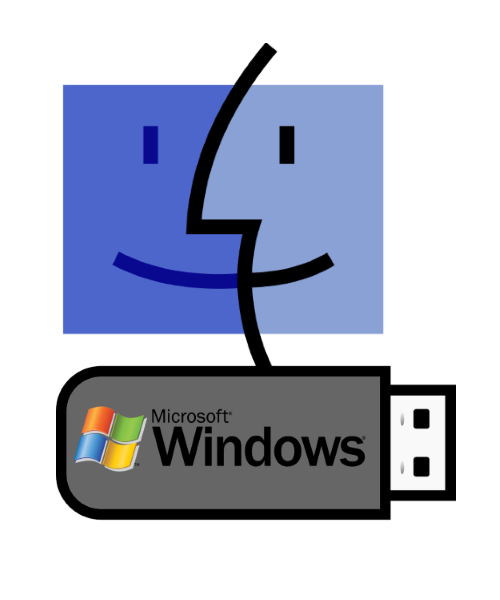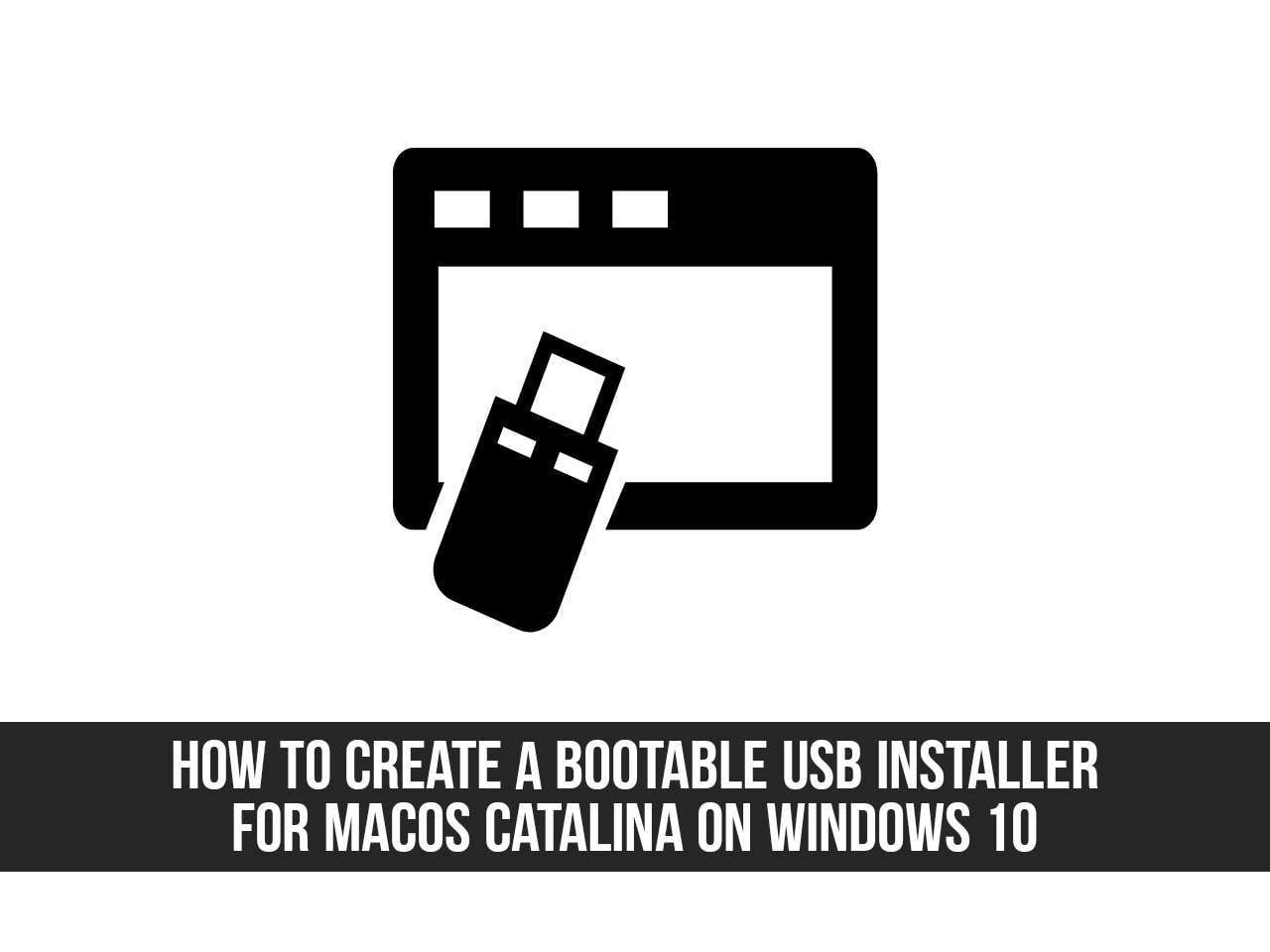
- #Make bootable usb from dmg in windows how to
- #Make bootable usb from dmg in windows mac os
- #Make bootable usb from dmg in windows install
- #Make bootable usb from dmg in windows windows 10
After connecting a USB drive to your Mac, open a Terminal window and type diskutil list to display all the disks attached to your machine. Of course, if you prefer not to use third-party software, you can still use the excellent Terminal app, which is a little bit more involved, but no additional software needs to be installed. #Make bootable usb from dmg in windows windows 10
Method 2: Create Windows 10 Bootable USB on Mac Using Terminal
This process takes several minutes or longer, depending on the size of your selected ISO image. Click OK to start installing to the USB drive. Choose Type as USB Drive and select the device name of your USB drive (you probably would’ve noted it down earlier, so refer to that). After locating your Windows 10 ISO file, click on Open. Select the “ Diskimage” radio button, click “ …” to select a bootable ISO image. Next, download and launch the UNetbottin utility. Note down the device name since we will need that later. Select your USB drive from the left panel and click on Info button. Plug a USB drive into your Mac and open Disk Utility. If you’ve downloaded Windows 10 ISO image, here is how you can create a bootable Windows installer USB on Mac using UNetbootin. #Make bootable usb from dmg in windows mac os
UNetbootin is a free, open source utility that allows you to create bootable USB drives on Windows, Linux, and Mac OS X. Method 1: Create Windows 10 Bootable USB on Mac Using UNetbottin
#Make bootable usb from dmg in windows how to
In this tutorial we’ll show you how to create Windows 10 bootable USB from ISO on Mac, by using the Terminal or third-party software like UNetbottin.
#Make bootable usb from dmg in windows install
Now follow the on screen instructions to install OS X Lion.How can I make a bootable Windows installation USB on Mac OS X? After upgrading to macOS Mojave, you may find that Boot Camp Assistant is no longer supported and thus creating a bootable USB turns out to be a little bit challenging.Choose the USB Flash Drive from there to boot.Hold down the alt/Option key on your keyboard when you hear the OS X start-up sound.Reboot your Mac with the USB drive plugged in.This will restore the Lion 10.7 image to the USB Flash drive.

Make sure you have chosen the right USB drive, you don’t want to format the wrong drive and then click on Restore button.Then Click and Drag the USB drive from the left pane and drop it in the Destination field.Click and drag the IMac OS X Install ESD from the left pane and drop it in the Source field.Select the plugged USB from the Left pane on the Disk Utility and then go to Restore tab.
 Double-click on InstallESD.dmg (that you copied onto your Mac desktop) to mount the Lion disk image (mounted InstallESD.dmg should appear on Disk Utility application and desktop). Now click on Apply at the bottom right to start formatting. Select GUID Partition Table and click OK. Now click on Options button at the bottom. Input a name for the USB and Choose Mac OS Extended (Journaled). Select 1 Partition from the Volume Scheme dropdown menu. Select the plugged USB from the Left pane on the Disk Utility and click on Partition tab. Plug the USB flash drive into your Mac.
Double-click on InstallESD.dmg (that you copied onto your Mac desktop) to mount the Lion disk image (mounted InstallESD.dmg should appear on Disk Utility application and desktop). Now click on Apply at the bottom right to start formatting. Select GUID Partition Table and click OK. Now click on Options button at the bottom. Input a name for the USB and Choose Mac OS Extended (Journaled). Select 1 Partition from the Volume Scheme dropdown menu. Select the plugged USB from the Left pane on the Disk Utility and click on Partition tab. Plug the USB flash drive into your Mac.  Before formatting, If you have any data on your USB drive then save it. Locate the file named: InstallESD.dmg and copy it on your desktop. Now go to Contents > SharedSupport directory.
Before formatting, If you have any data on your USB drive then save it. Locate the file named: InstallESD.dmg and copy it on your desktop. Now go to Contents > SharedSupport directory.







 0 kommentar(er)
0 kommentar(er)
